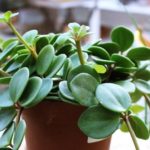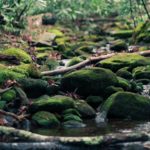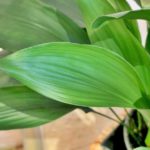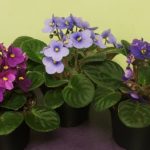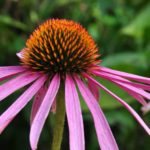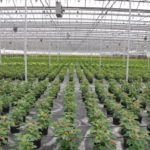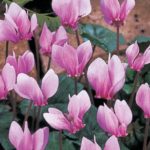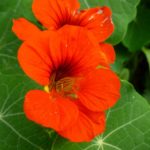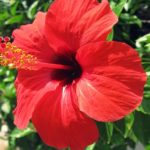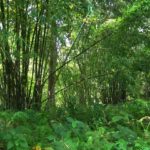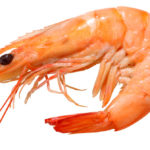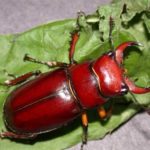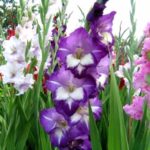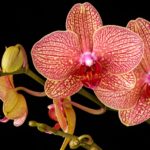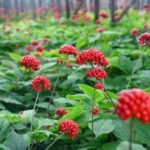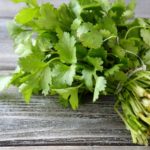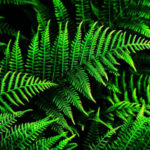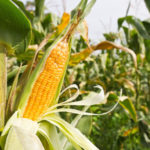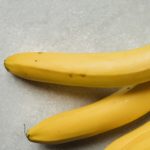Scientific Name of Plants – Botanical Names of Plants with pictures
In this article, we will talk about the scientific names of plants. You can check some general information about plants, and then you find the plant you are interested in from the list of plants. Click on the plant name you are interested in and navigate to the page where you can find the botanical name of the plant with a picture.
First of all, we should mention, that the plant’s scientific name is Plantae. Plants make up one of the two major divisions or kingdoms of living things. A plant is an organism that lives and grows in one place, is typically green, makes its own food, and normally has stems, leaves, and roots. Some simple plants, such as seaweed, may not show all of these features, but, apart from fungi and a few strange parasites, they all make their own food.
Plants are the most successful organisms on earth. They are entirely self-sufficient and in this way are far superior to animals, which have to eat plants (or other animals that eat plants) to survive. Most plants make their own food.
Here is a list of the scientific names of plants:
The green color that characterizes the plant world is caused by chlorophyll. This is a complex but vital substance that helps the basic reactions of photosynthesis, the process by which the Sun’s energy is used to make food. The end-products of photosynthesis are sugars and starch. But these compounds are energy banks for building all the proteins, fats, and vitamins plants need.
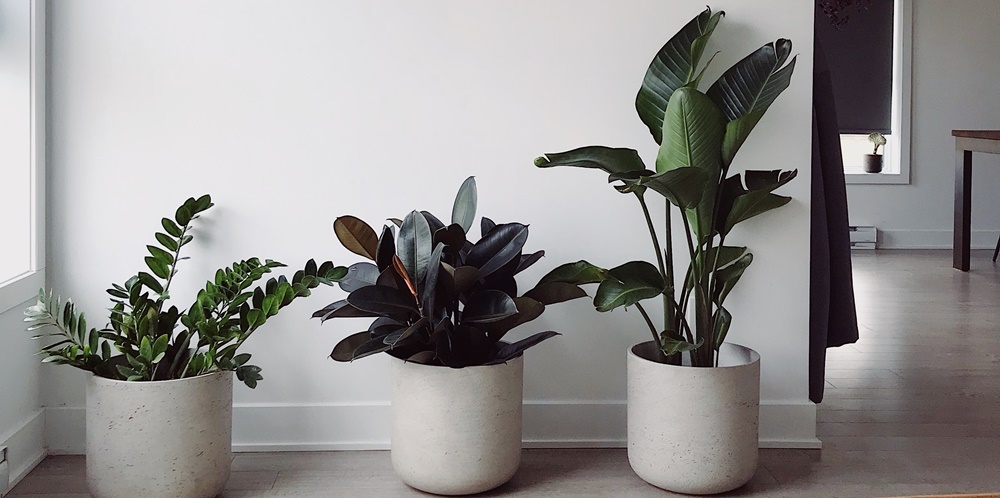
Plants make all the foods they need from raw materials they gather from the soil and from the air, which are all around them. This fact alone accounts for many of the big differences between plants and animals. Most plants have no organs for moving, and no sense organs (although they do react to the stimulus of light, gravity, and so on). They are in no way streamlined as many animals are. In fact, their way of life tends to make them quite the opposite. Branches grow out in all directions to gather carbon dioxide for photosynthesis above the ground, and roots grow to get water and mineral salts from the soil below the ground. Today there is a necessity to plug plants in houses that is useful from aesthetic and ecological positions.
There are few places in the world where some kind of plant cannot survive. In the freezing tundra, lichens survive and form the staple diet for wandering herds of reindeer. Far out to sea, tiny plants grow provided that there is just a glimmer of light for their photosynthetic pigments to work. Some freshwater algae flourish in hot springs at 60° Ñ or more.
Scientists have listed about 400,000 kinds of plants. Of these, some 280,000 belong to the highly successful flowering plant group, whose members are easy to see wherever you are. A brief look at some other members will give some idea of the variety of this kingdom.
Algae are primitive plants whose typical home is the water. Salt-water algae are called seaweeds. Algae contain chlorophyll (and often other pigments) and make their own food. Since they live in water they have no roots.
Mosses and liverworts live on land. They have no true roots and cannot live for long without moisture. These small plants are often restricted to the banks of streams and the floors of forests and woods. Mosses have upright leafy stems; each bears a long stalk with a swollen spore capsule at the tip. Some liverworts are leafy, but others live close to the ground in flat, tongue-like growths. Liverwort spore capsules are a lot simpler than those of mosses, and this is the chief distinguishing feature.
Ferns(the scientific name is Tracheophyta), together with club-mosses and horsetails, represent a considerable advance on mosses and liverworts because they possess distinct stems, leaves, and roots. They also have strands of conducting tissue that convey food and water around the plants. Yet most ferns are still restricted to damp habitats because part of their life is spent as a separate plant called a prothallus, which would soon shrivel and die in dry places.
Cone-bearing trees – pines, firs, and cycads – have taken the solution of the water problem a step further. They do not release their spores to form separate plants: the spores develop right on the plant. Male cells then fertilize the female cells, which develop into seeds. Mature seeds are finally released to form new cone-bearing plants. Flowering plants produce flowers, not cones, and wrap their seeds in protective layers. More interesting plant facts you can find on this site.
